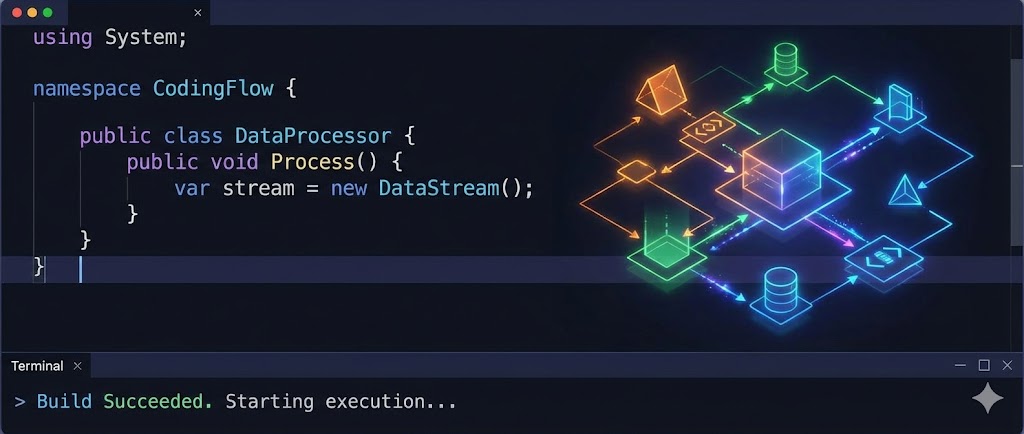
The model binding mechanism in ASP.NET is pretty slick - it's highly extensible and built on TypeDescriptor for re-use that lets you avoid writing boilerplate code to map between CLR objects and their web representations.
One surprise, however, is that out of the box, neither WebAPI nor MVC support comma-separated parameter values when bound to an array, e.g.
public class MyController : Controller {
public string Page([FromUri]int[] ids) {
return String.Join(" ; ", ids);
}
}
Will only return 1 ; 2 ; 3 when supplied with /my/page?ids=1&ids=2&ids=3 and if you instead give it /my/page?ids=1,2,3 it will fail.
The reason was likely because there is no standard for this at all and that the former - supported - scenario maps to what forms do when they post multiple value selections such as that in a select list box. The latter is much more readable and is expected by some client frameworks and supported by some other web frameworks such as the Java Spring MVC framework.
Of course, that extensible system lets us easily extend this behaviour. We can support both transparently - and interestingly enough - even mix-and-match on the same URL. So for example;
/my/page?ids=1,2&ids=3 will now return 1 ; 2 ; 3 in our example.
Although this supports both types if you are currently using commas in your number format this would break your app. e.g.
?ids=1,200&ids=3,500would have been correctly received as1200, 500but now would be incorrectly received as1, 200, 3, 500
CommaSeparatedArrayModelBinder class
My DamienGKit project contains the source but, I'll also present it here.
Out of the box, this supports integer types and GUIDs and could be extended for floats and decimals – just be careful with that formatting!
public class CommaSeparatedArrayModelBinder : IModelBinder {
private static readonly Type[] supportedElementTypes = {
typeof(int), typeof(long), typeof(short), typeof(byte),
typeof(uint), typeof(ulong), typeof(ushort), typeof(Guid)
};
public bool BindModel(HttpActionContext actionContext, ModelBindingContext bindingContext) {
if (!IsSupportedModelType(bindingContext.ModelType)) return false;
var valueProviderResult = bindingContext.ValueProvider.GetValue(bindingContext.ModelName);
var stringArray = valueProviderResult?.AttemptedValue
?.Split(new[] { ',' }, StringSplitOptions.RemoveEmptyEntries);
if (stringArray == null) return false;
var elementType = bindingContext.ModelType.GetElementType();
if (elementType == null) return false;
bindingContext.Model = CopyAndConvertArray(stringArray, elementType);
return true;
}
private static Array CopyAndConvertArray(IReadOnlyList<string> sourceArray, Type elementType) {
var targetArray = Array.CreateInstance(elementType, sourceArray.Count);
if (sourceArray.Count > 0) {
var converter = TypeDescriptor.GetConverter(elementType);
for (var i = 0; i < sourceArray.Count; i++)
targetArray.SetValue(converter.ConvertFromString(sourceArray[i]), i);
}
return targetArray;
}
internal static bool IsSupportedModelType(Type modelType) {
return modelType.IsArray && modelType.GetArrayRank() == 1
&& modelType.HasElementType
&& supportedElementTypes.Contains(modelType.GetElementType());
}
}
public class CommaSeparatedArrayModelBinderProvider : ModelBinderProvider {
public override IModelBinder GetBinder(HttpConfiguration configuration, Type modelType) {
return CommaSeparatedArrayModelBinder.IsSupportedModelType(modelType)
? new CommaSeparatedArrayModelBinder() : null;
}
}
To register
It's necessary to register ModelBinderProviders with your ASP.NET application at start-up - usually in the WebApiConfig.cs file.
public static class WebApiConfig {
public static void Register(HttpConfiguration config) {
// All your usual configuration up here
config.Services.Insert(typeof(ModelBinderProvider), 0, new CommaSeparatedArrayModelBinderProvider());
}
}
[)amien
1 response
Hi Damien.
I found this solution and followed your GitHub link and noticed that you removed the CommaSeparatedArrayModelBinder when you upgrade to .NET Core 3.1 (https://github.com/damieng/DamienGKit/commit/aead6fc8fbedab5dfb5ff9ff45393637d7da4951).
Why is that? Is this functionality already included since .NET Core 3.1? If yes, could you point me to where/how to use it? It's not the default behavior and I didn't find anything on the internet besides this and similar blog posts.
Andreas